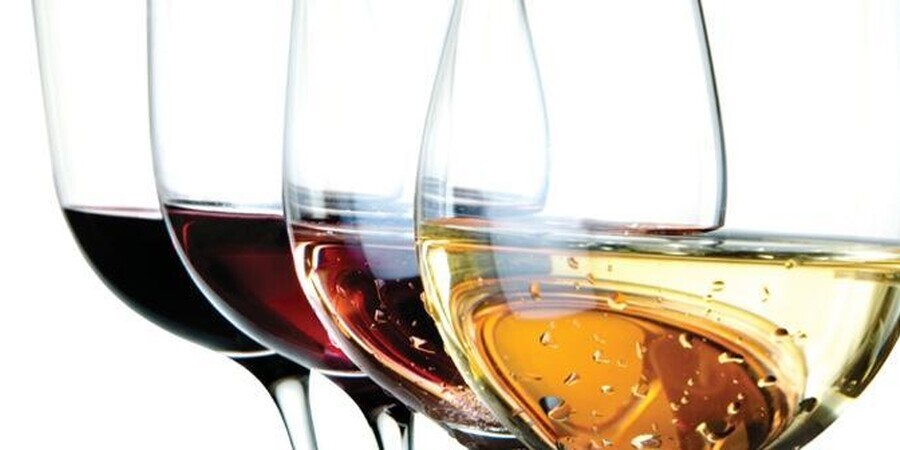Attending a wine tasting can be a fun and enriching experience, but it's understandable to feel apprehensive if you've never been. This guide will demystify the process and provide helpful tips to make the most of your wine-tasting adventure.
Demystifying Wine Tasting: A Beginner's Guide to Enjoying the Experience
The Basics of Wine Tasting Etiquette
- Order of Service: In traditional settings, women are often served before men.
- Palate Cleansing: Bottled water and palate cleansers like crackers are typically provided between tastings to refresh your palate.
- Holding the Glass: Always have your wine glass by the stem to avoid transferring heat from your hand to the wine, which can affect its temperature and flavor.
Observing the Wine's Appearance
The color of the wine can reveal necessary information about its age and variety. Wine-tasting events typically use clear glasses and often feature white tablecloths to provide a neutral background for accurate color assessment. Don't rely solely on the wine's name; visual examination is crucial.
The Art of Swirling
While swirling the wine in your glass may seem pretentious, it is an essential step. This action aerates the wine, releasing its aromas and enhancing its flavors. As wine ages in bottles, its aromas can become subdued. Swirling helps to "open up" the wine, allowing its full bouquet to be appreciated.
The Three S's: See, Swirl, Sniff (and then Sip)
The wine-tasting process involves three key steps:
- See: Observe the wine's color and clarity.
- Swirl: Gently swirl the wine to release its aromas.
- Sniff (or Smell): Inhale the wine's aroma. This is a crucial part of the tasting process, as smell plays a significant role in how we perceive flavor. Take a moment to consider the aromas you detect.
Tasting the Wine
The actual tasting involves more than just swallowing. Your tongue has taste buds that detect different flavors. To fully appreciate the wine:
- Swish: Take a sip and gently swirl the wine around in your mouth for a few seconds, allowing it to contact all your taste buds.
- Consider: Think about the flavors you're experiencing. Are they fruity, spicy, earthy, or something else?
- Aftertaste: Pay attention to the aftertaste, or "finish," which is the lingering flavor after you swallow. This can provide further insights into the wine's characteristics.
Preparing for Your Wine Tasting: Learning about different wine varieties and flavor profiles before attending a wine tasting is beneficial. This will help you better understand what to look for during the tasting. However, even as a beginner, don't hesitate to attend a wine tasting. It's a fantastic opportunity to learn, discover new wines, and expand your palate.


